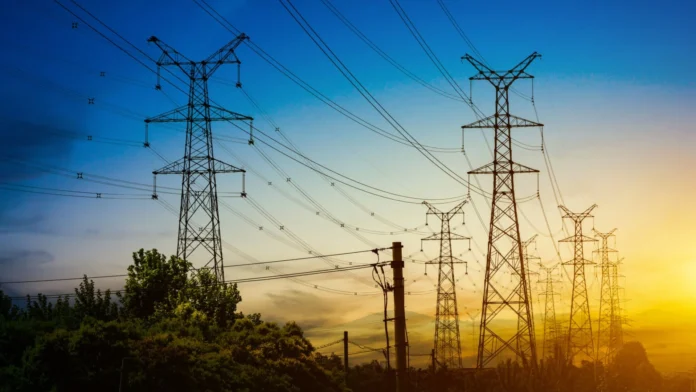Electricity bills could see a significant bump soon, as the federal government is reportedly planning to introduce a Rs. 3.23 per unit surcharge in the upcoming fiscal year (FY26). The new surcharge aims to support a massive Rs. 1.25 trillion debt restructuring plan, designed to help Pakistan reduce its growing circular debt crisis.
According to a report by AKD Securities, the surcharge—unlike the previous one which only covered interest—will now include both principal and interest payments, ensuring a broader financial fix for the energy sector’s liabilities.
This restructuring will swap out expensive loans, such as PHPL debt (at KIBOR+2%) and dues owed to Independent Power Producers (IPPs, up to KIBOR+4%), with cheaper financing at KIBOR–0.9%. The shift could save around Rs. 200 billion each year in debt servicing.
Where the money will go:
-
Rs. 683 billion to pay off PHPL debt
-
Rs. 280 billion for nuclear power plants
-
Rs. 220 billion for RLNG-based IPPs
-
Rs. 720 billion via renegotiated IPP and hydel deals
The government has already earmarked Rs. 250 billion in the FY26 federal budget to help kick-start this plan.
At the same time, there is some relief—NEPRA has approved a Rs. 1.50 per unit cut in the average base tariff, bringing it down to Rs. 34.0/kWh for FY26, compared to Rs. 35.5/kWh in FY25. The reduction follows a Rs. 212 billion drop in the Power Purchase Price (PPP)—mostly due to a sharp dip in capacity charges and a modest decline in energy charges.
However, the impact of that relief may be offset by the new surcharge, which is likely to show up on monthly bills. NEPRA has also included Rs. 58.7 billion in prior year adjustments, while the government plans to inject Rs. 249 billion in subsidies to maintain uniform tariffs across different distribution companies and K-Electric.
Experts say long-term reforms are finally taking shape—like early IPP retirements, captive power users shifting back to the grid, and anti-theft campaigns. These could help stabilize electricity prices in the medium term. But for now, consumers may have to brace for a short-term hike in their monthly electricity costs.




